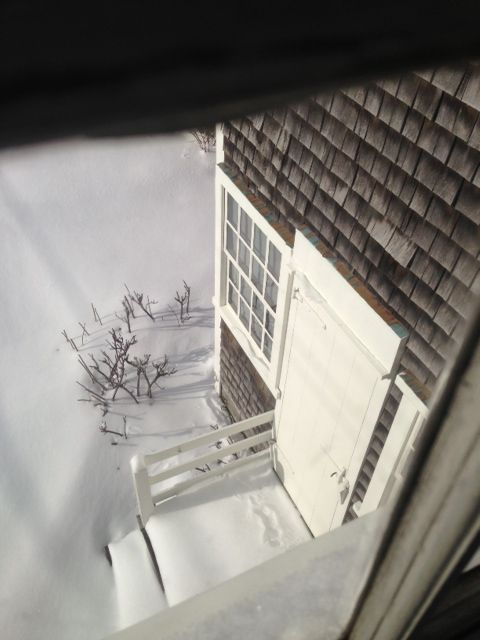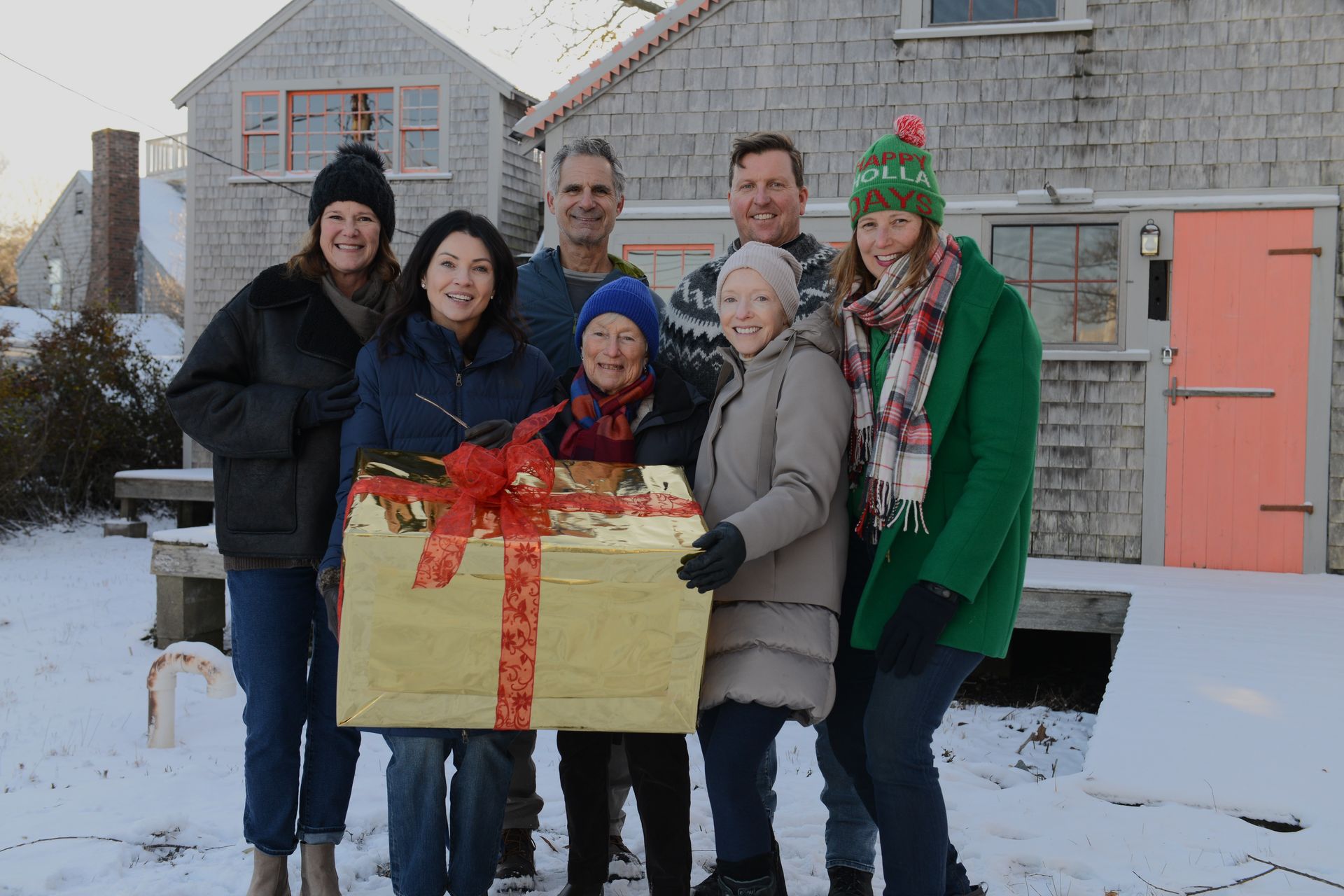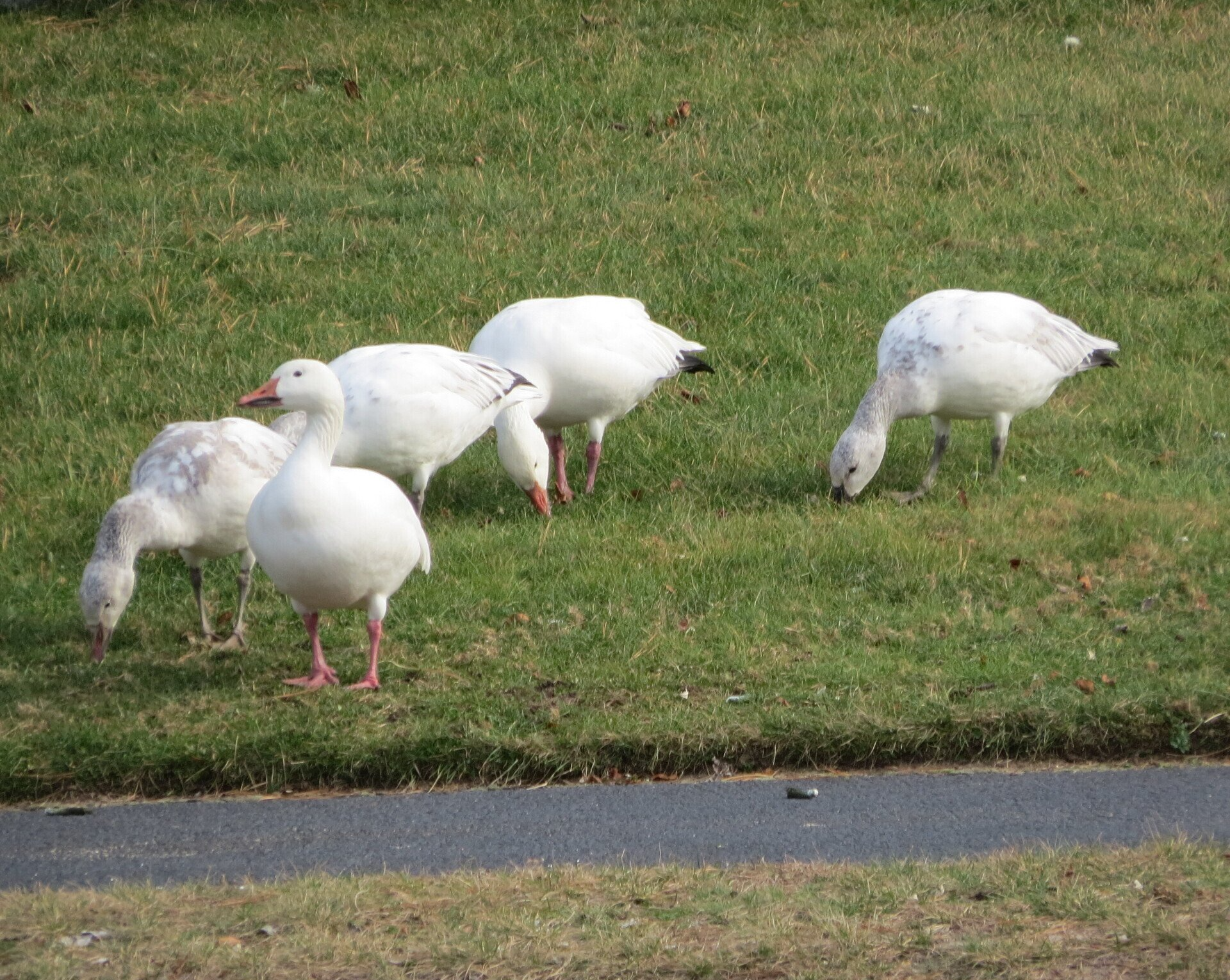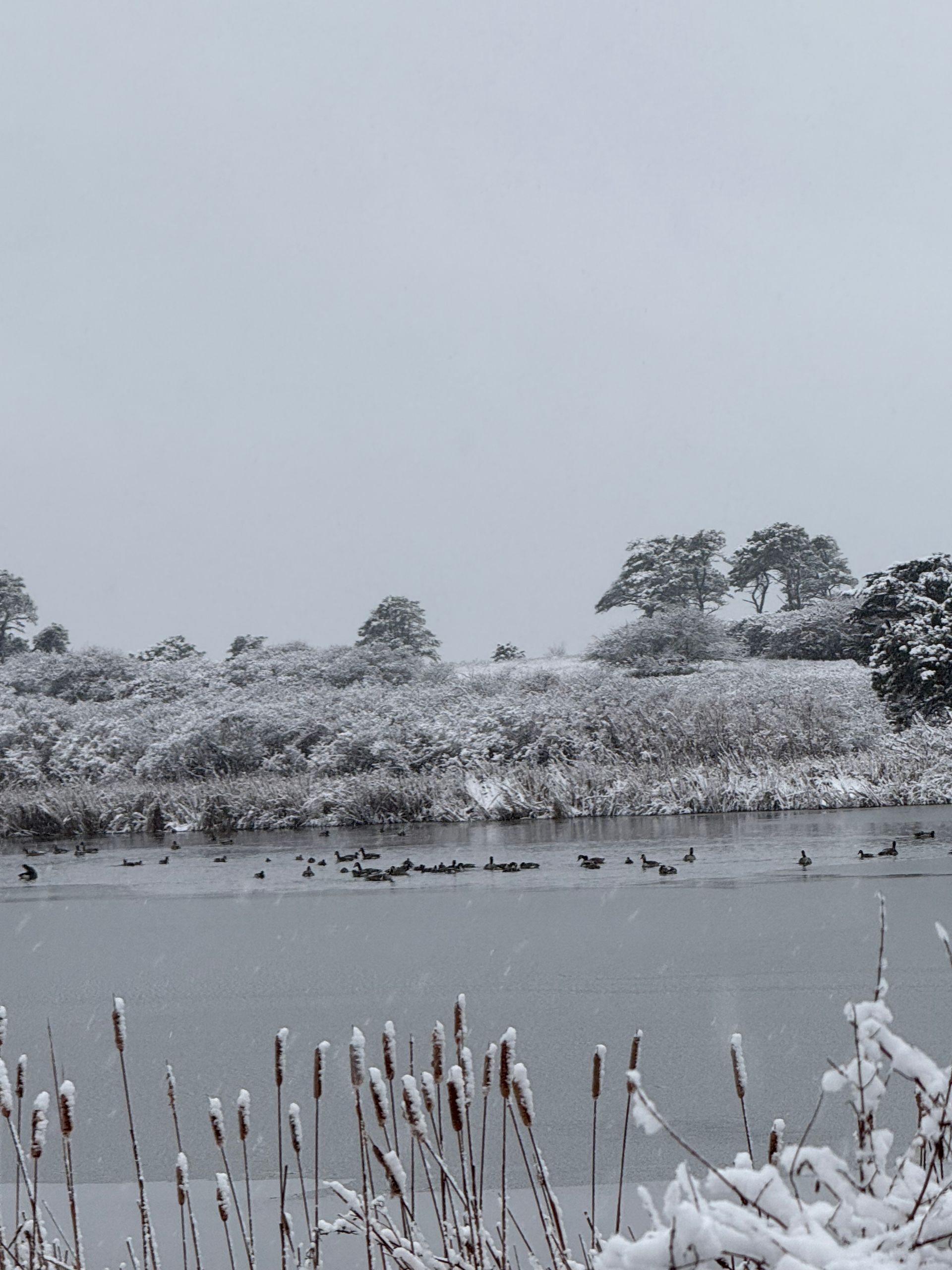Keep Calm and Bird On: February 2022
“If you don’t look, you don’t see. You have to go and look.”
-Edith Andrews
February seesaws between winter and spring. Red-tailed Hawks are courting, Snowy Owls are still around and Red-winged Blackbirds never left. Snow Goose? As a Yard Bird? You never know who may just drop in.
But it’s also a good time to reflect on our relationship to birds and to nature in general. The term “ethical birding” began popping up with the rise of Bird-a-thon fundraisers, many of which started out with competing teams. Playing tapes to attract birds was strictly forbidden, not only for fairness’ sake, but because they often took place at the peak of spring migration, when birds need all their energy to find home, food, a mate, and start raising the kids. But the same birding ethic of do-not-disturb non-interference also applies in winter. Snowy Owls defend a winter hunting territory; harassment from paparazzi steals precious survival energy from them too.
Back at the dawn of the opera-glass vs. shotgun-ornithology split, when simple viewing pleasure and brute science were still eyeing one another askance, John Burroughs wrote that if we see things for ourselves, they are ours forever, but if we are merely shown them, we quickly forget. Documentation is one thing. But could obsessing on pics or apps short-circuit a deeper experience? With patient watching, we might see interesting behavior. And it’s worth bearing in mind that as we see birds, they also see us, usually much faster and in greater detail. Living beings must always be more than objects to list or hang on a wall. Do we just want to be tourists of life? If we spend more time in nature, won’t we come to know more about it? And even, perhaps, ourselves? Science too will be all the better for it.
Recent Posts





